Is It Possible to Achieve Natural Breast Augmentation Results?
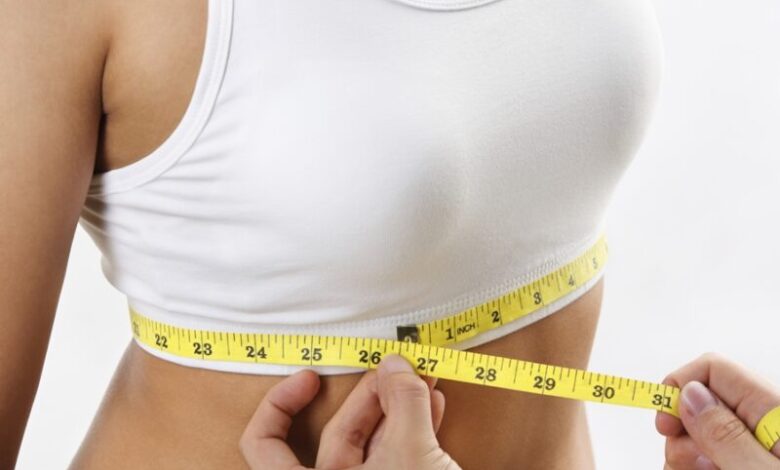
A common concern amongst patients considering breast augmentation is just how fake their results will look. Nobody wants to look ‘overdone’, but they still want to be able to enhance what they have. First prize is achieving subtle results that aren’t immediately noticeable to others.
Achieving natural-looking results is about more than just choosing the right size implant. It’s also important for potential patients to have realistic expectations – there’s no way to guarantee that your augmentation results will be unnoticeable.
There are several anatomical factors that will contribute to the final look of your augmentation results, including how elastic your skin is, how much existing breast tissue you have available and how wideset your cleavage is.
Not everything is out of your control though. Choosing the right surgeon for your procedure is one way that you can positively affect the results of your augmentation procedure.
Let’s take a look at some of the other factors that influence how natural your results look.
Factors that Affect Breast Augmentation Aesthetics
1. Implant Placement
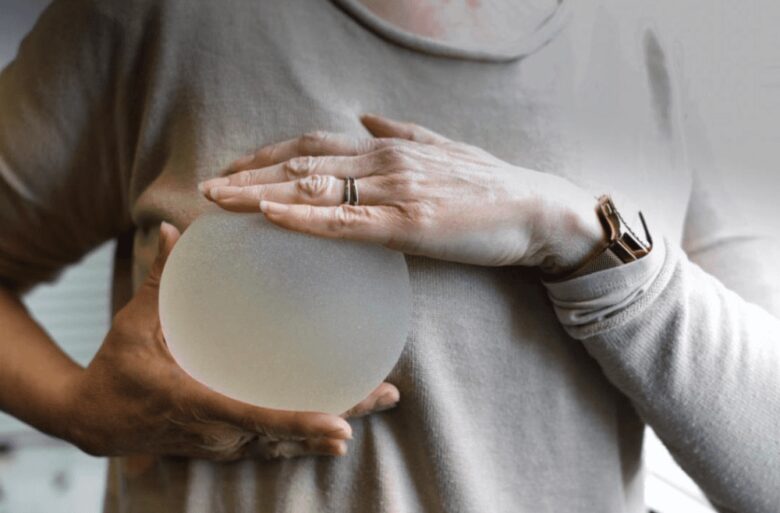
When planning your breast augmentation surgery, you will have the option to place the implant under the muscle, over the muscle or opt for a dual-plane position. Implant placement is one of the first factors that will affect the final results, including longevity. A patient’s anatomy and lifestyle both need to be considered when deciding where to place an implant.
For example, if you regularly engage in bodybuilding, implants should be placed over the muscle to avoid visible distortion when the muscles are contracted. However, since most patients aren’t bodybuilders, a sub-muscular or dual-plane position is the norm. According to Dr Kien Ha, when the implant is covered by the breast tissue, as well as the muscle, it creates a more natural look.
2. Implant Type
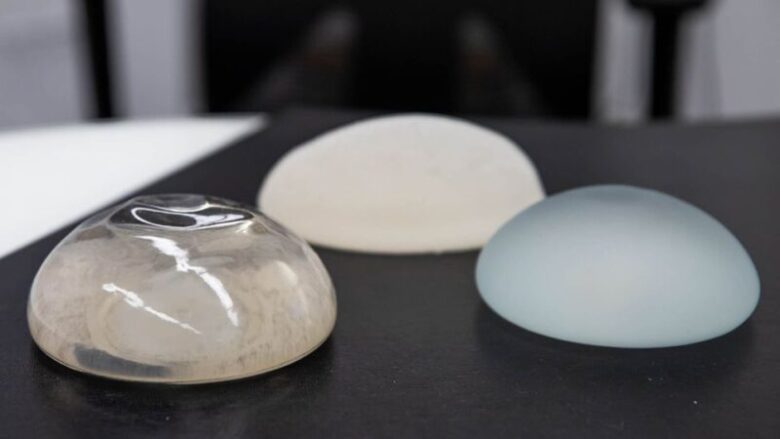
The type of implant also plays an essential role in breast augmentation aesthetics. There are a number of factors to consider when deciding on the type of implant you want to insert. The contents of the implant, as well as the shell, shape and size, all matter. While your surgeon will take you through each option, here is some basic information on implant type.
- Content and Shape. Gel implants with a moderate profile tend to provide the most natural results. This is mostly because the gel conforms to the natural shape of the breast. Another name for this type of implant is a teardrop implant. The sloping shape of the implant creates more fullness in the lower pole. Unfortunately, it is common for a teardrop implant to rotate, something you may want to discuss with a female plastic surgeon such as Dr Anh. Textured implants are recommended for preventing implant rotation.
- The shell of a breast implant could be textured or smooth. Most surgeons recommend going with a smooth shell because of the claims that textured shells are linked to ALCL, which is a rare form of cancer. However, there is no definitive research available to prove this claim. You can also ask your surgeon about the option of nano-textured smooth surface implants, which help minimize risks and increase stability within the breast pocket.
3. Implant Profile

Breast implant profiles range from low to extra-high – the higher the profile, the fuller the upper pole of the breast will be. However, the final result that can be achieved with different profiles will vary between patients. Opting for a higher profile might look very natural on one person but over-enhanced on another. During your consultation, your surgeon will show you what the different profile options are and what they might look like on you – this is done using 3D imaging technology.
4. Surgical Technique
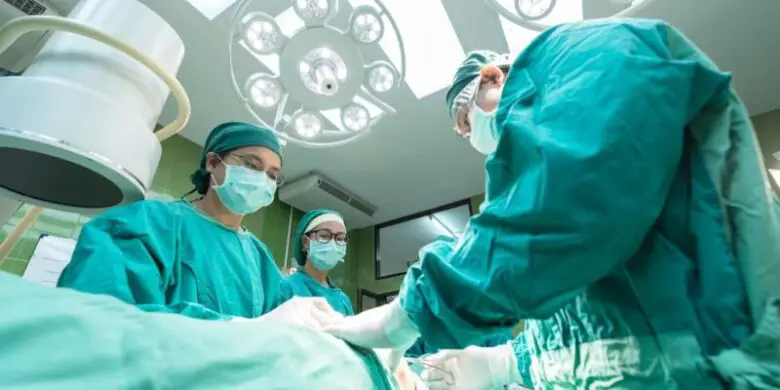
Many breast augmentation procedures just include implants, while others also incorporate fat transfer. Fat grafting involves the removal of excess fat from an area such as the thighs or hips and transferring that fat to the breasts. The reason why surgeons would use implants and fat grafting is to create a more natural appearance. This is particularly true with thinner women. Fat grafting helps enhance the shape of the breasts and create a fuller appearance. When there is too little breast tissue, the skin can look stretched, making the implant more visible. Incorporating fat grafting is also the best way to achieve a closer cleavage. If you are interested in this option, you can bring up fat grafting during your consultation to determine whether you’re an ideal candidate.
5. Surgeon Experience
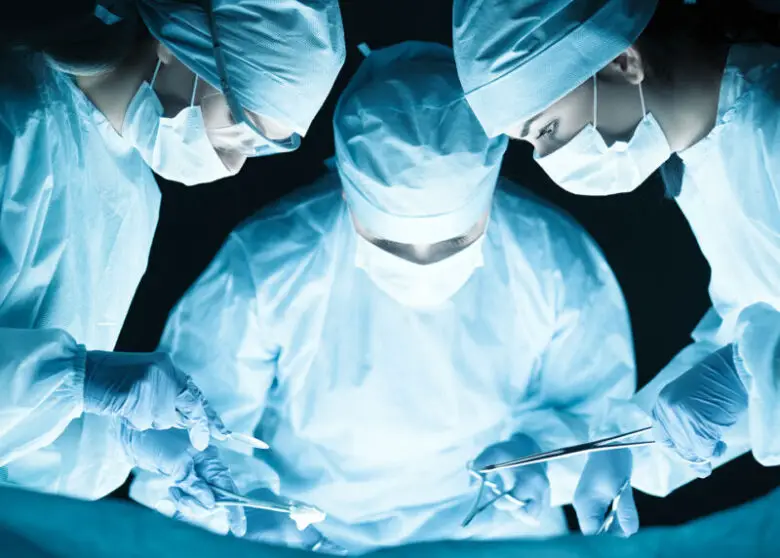
Lastly, your surgeon’s experience can affect how natural your breast augmentation results look. The right surgeon should not only be board-certified but have the necessary experience with breast augmentation too. Don’t be shy to ask questions about a surgeon’s qualifications and experience during your consultation – reputable surgeons are always happy to answer your questions. A cosmetic surgeon and plastic surgeon are not one and the same. Very specific board exams need to be passed before someone can claim they’re a plastic surgeon.
Prior to scheduling a consultation with a surgeon, it’s also recommended that you browse through reviews from past patients. If these aren’t readily available on the surgeon’s website, you will be able to find something on Google or social media. Knowing what past patients have experienced will give you a good idea of what you can expect. It’s also always a good sign when a surgical clinic is active on social media – it means they’re engaged and care about their patients.
Lastly, don’t forget to browse through any before and after galleries. If a surgeon doesn’t have any photos on their website, ask to see breast augmentation images during your consultation. Any surgeon who is unwilling to provide you with all the information you need is probably not the best fit. All new patients are encouraged to get a second, or even a third opinion, before making a final call on a surgeon.
Now that you know what factors could end up affecting your final breast augmentation results, you can start planning your surgery, starting with finding the right surgeon for your needs.
